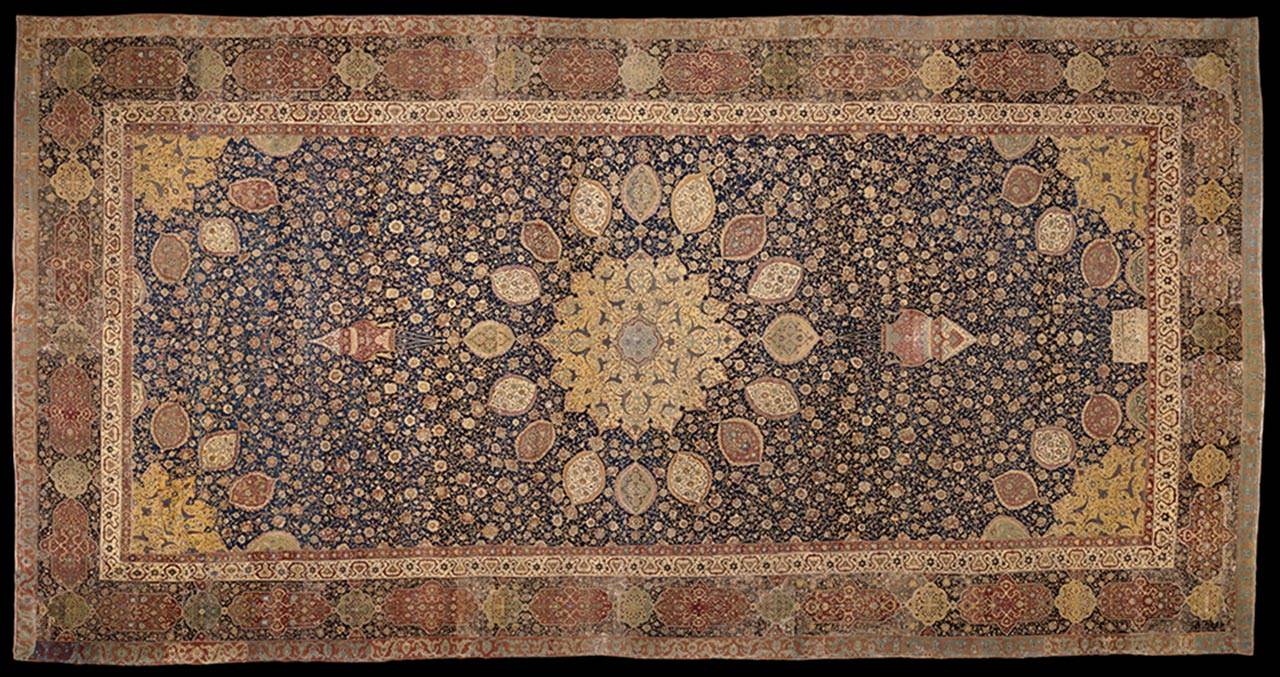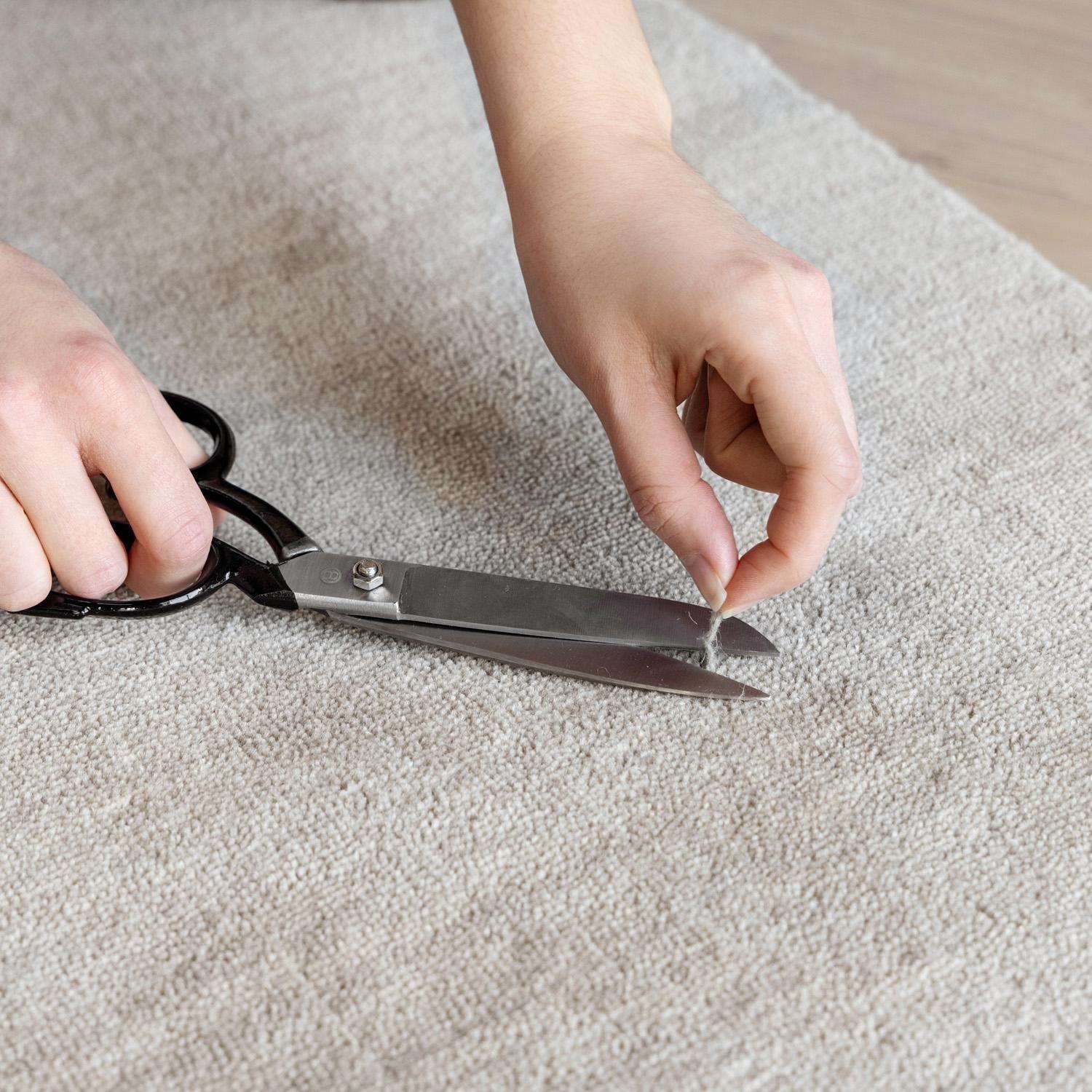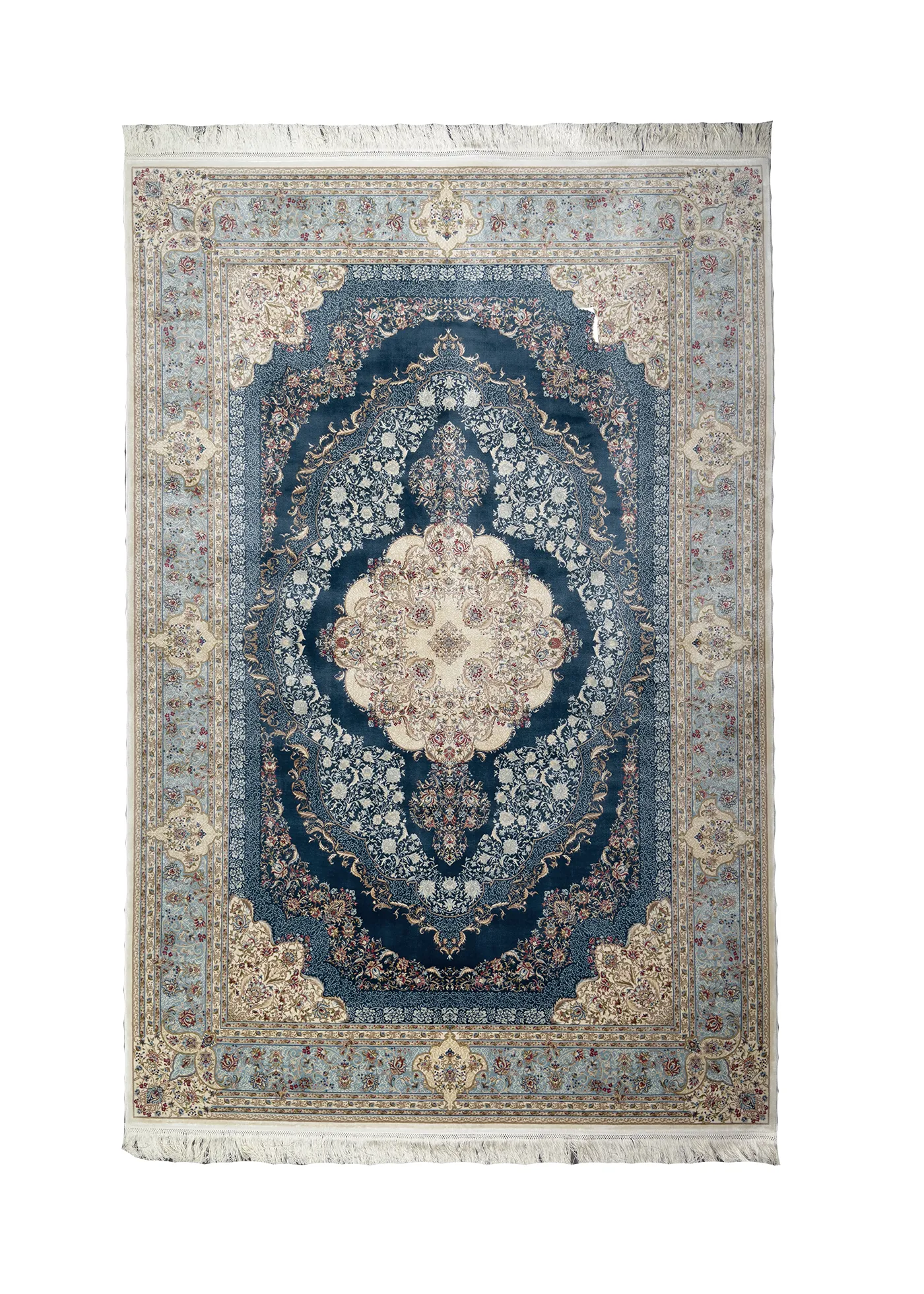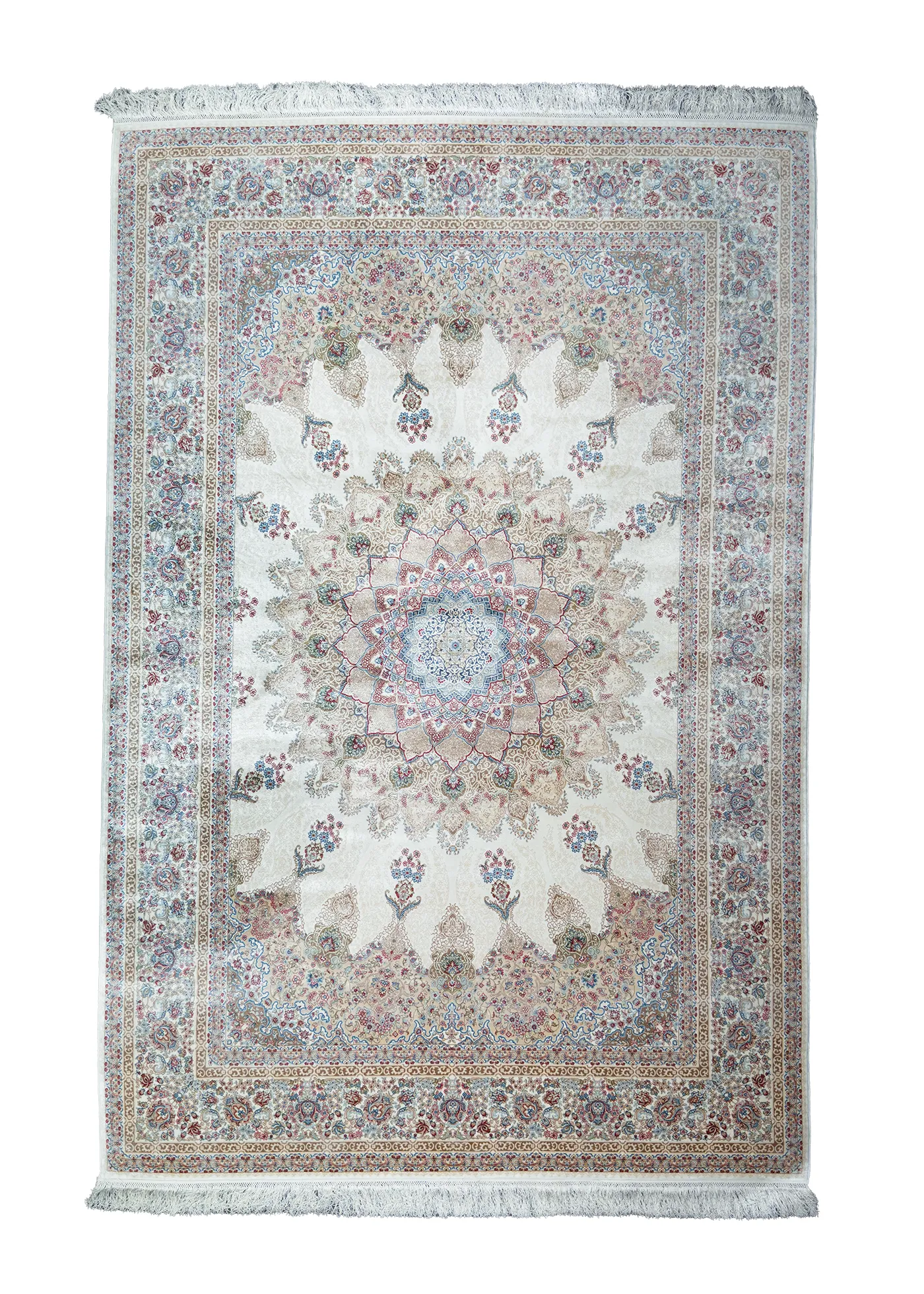What Are Persian Style Rugs Used For? A Journey Through Function and Beauty

Introduction
Imagine stepping into a room where a Persian style rug unfurls beneath your feet, its intricate floral motifs catching the light, instantly transforming the space into something warm and inviting. Persian rugs have this unique power—they’re not just floor coverings but storytellers, weaving history, culture, and artistry into every thread. For centuries, these rugs have adorned homes, palaces, and sacred spaces, serving purposes far beyond mere decoration. But what exactly are Persian rugs used for today, and why do they continue to captivate us?
At Afra Rugs, we celebrate the timeless allure of Persian style rugs, crafted with bamboo silk and hand-finished touches to bring elegance to any home. In this article, we’ll explore the multifaceted uses of Persian rugs, from their practical roles in modern interiors to their status as cultural treasures. Whether you’re drawn to their rich history or their ability to elevate a room, you’ll discover why a silk Persian rug from our Traditional Persian Rugs Collection might be the perfect addition to your space. Let’s dive into the world of Persian rugs and uncover their many purposes.
A Historical Legacy of Utility and Art
Persian rugs have been cherished for over 2,500 years, their origins tracing back to ancient Persia (modern-day Iran). These textiles were far more than decorative—they were functional masterpieces, integral to daily life. In royal courts, rugs adorned throne rooms, their intricate designs symbolizing power and prestige. In homes, they provided warmth and comfort, while in mosques, they served as prayer mats, their patterns guiding worshippers toward Mecca.

The Ardabil Carpet, unknown, 1539-1540, Iran. Museum no. 272-1893. © Victoria and Albert Museum, London
The Victoria and Albert Museum notes that Persian rugs, like the famed Ardabil Carpet, were “designed to bring the beauty of a garden indoors”. This 16th-century masterpiece, with its floral medallions, was used to elevate sacred and secular spaces alike, blending utility with artistry. Similarly, Safavid-era rugs, as described by the Metropolitan Museum of Art, were “textile treasures” that showcased Persia’s sophisticated weaving techniques.

The Emperor’s Carpet, Silk (warp and weft), wool (pile); asymmetrically knotted pile
Today, Persian style rugs carry this legacy forward. While Afra Rugs’ bamboo silk creations aren’t handmade like their ancient counterparts, they echo the same spirit of craftsmanship. A silk Persian rug from our Traditional Persian Rugs Collection can transform a room, offering a nod to history while meeting modern needs. From ancient palaces to contemporary homes, Persian rugs have always been about blending function with beauty.
Functional Uses in Today’s Homes
In modern interiors, Persian style rugs are prized for their practicality as much as their elegance. Their dense weaves—whether crafted from bamboo silk or other materials—make them durable enough for high-traffic areas like living rooms or hallways. They provide insulation, keeping floors warm in winter, and absorb sound, reducing echoes in open-plan spaces. A silk Persian rug in a medium 5×8 size, for instance, can anchor a cozy reading nook without overwhelming the room.
These rugs also define spaces within a home. In a dining area, a Persian style rug in Neutral Tones can unify the table and chairs, creating a cohesive look. In bedrooms, they add softness underfoot, making mornings feel luxurious. Their versatility extends to unconventional spaces, too—think of a small 3×5 rug in a home office, adding warmth to a minimalist desk setup.
Beyond physical benefits, Persian rugs are low-maintenance when crafted with modern materials like bamboo silk. Afra Rugs’ Traditional Persian Rugs Collection offers pieces that resist wear while retaining their lustrous sheen, making them ideal for busy households. Whether you’re seeking comfort, durability, or a touch of sophistication, a Persian style rug delivers on every front, proving its worth as a functional cornerstone of home design.
Decorative and Cultural Significance
Beyond their practical uses, Persian style rugs are celebrated as decorative masterpieces. Their intricate patterns—think Kashan florals or Tabriz medallions—make them focal points in any room. As Architectural Digest notes, “A Persian rug can serve as the anchor for an entire room’s design, its colors and motifs inspiring everything from furniture to wall art”. A silk Persian rug in Neutral Tones can complement a minimalist aesthetic, while bolder hues might energize a modern loft.
Culturally, Persian rugs are more than decor—they’re storytellers. Each design carries symbolic meaning, from cypress trees representing eternity to star motifs signifying divinity. In traditional settings, rugs were often passed down as heirlooms, their patterns preserving family histories. Today, they connect us to this heritage, even in contemporary homes. Displaying a Persian style rug is like hanging a piece of art, its beauty sparking conversations about culture and craftsmanship.
At Afra Rugs, our Traditional Persian Rugs Collection captures this decorative and cultural essence with bamboo silk rugs that evoke Persian artistry. Whether draped over a floor or hung as a tapestry, a silk Persian rug brings depth and meaning to your space, blending global heritage with personal style.
Choosing the Right Persian Rug for Your Space
With so many uses, selecting the perfect Persian style rug comes down to your space and style. Start with size: a large 8×10 rug suits spacious living rooms, while a 3×5 works for smaller areas like entryways. Afra Rugs offers options in our Traditional Persian Rugs Collection, including custom sizes to fit unique layouts.
Color is another key factor. For versatility, Neutral Tones like beige or cream blend seamlessly with most decor, creating a timeless backdrop. If you want drama, bold hues like deep red or teal can make a statement, though they require careful coordination. Patterns matter, too—floral motifs evoke traditional elegance, while geometric designs lean modern. A silk Persian rug with a subtle Tabriz-inspired pattern, for instance, can bridge classic and contemporary styles.
Consider your room’s function as well. In high-traffic areas, prioritize durability; Afra Rugs’ bamboo silk rugs are crafted to withstand daily use while retaining their sheen. For decorative purposes, focus on patterns that complement your aesthetic. Whatever your choice, a Persian style rug from Afra Rugs ensures that beauty and practicality go hand in hand.
Ready to find your perfect rug? Explore our Traditional Persian Rugs Collection to discover pieces that elevate your home with timeless charm.
Conclusion
From ancient palaces to modern living rooms, Persian style rugs have woven their way into our homes and hearts, serving as both functional essentials and cultural treasures. They warm our floors, anchor our designs, and tell stories of artistry that span centuries. Whether you’re drawn to their practical benefits or their ability to transform a space, a silk Persian rug offers unmatched versatility and elegance.
At Afra Rugs, we’re passionate about bringing this legacy to your home with our bamboo silk creations. As you envision your space, consider how a Persian style rug can elevate it—perhaps a neutral-toned piece to unify your decor or a bold design to spark conversation. Dive into our Traditional Persian Rugs Collection to find a rug that’s not just a purchase but a piece of art, ready to enrich your home for years to come.
FAQ
- What rooms are best for a Persian style rug?
Persian style rugs shine in living rooms, dining areas, bedrooms, and even home offices. Large sizes like 8×10 suit open spaces, while medium 5×8 or 3×5 rugs fit cozy nooks. - How do I clean a silk Persian rug?
Vacuum gently with a low-suction setting. For spills, blot immediately with a damp cloth and mild soap. Professional cleaning is recommended for deep stains. - Can Persian style rugs be used in high-traffic areas?
Yes, especially Afra Rugs’ bamboo silk rugs, which are durable and resist wear while maintaining their elegance. - How do I choose the right size for a Persian style rug?
Measure your space. In living rooms, ensure furniture legs sit partially on the rug (e.g., 8×10). For smaller areas, try a 3×5 or 5×8. - Why are Persian style rugs so special?
Their intricate designs and cultural heritage make them unique. A silk Persian rug blends art, history, and function, elevating any space.





